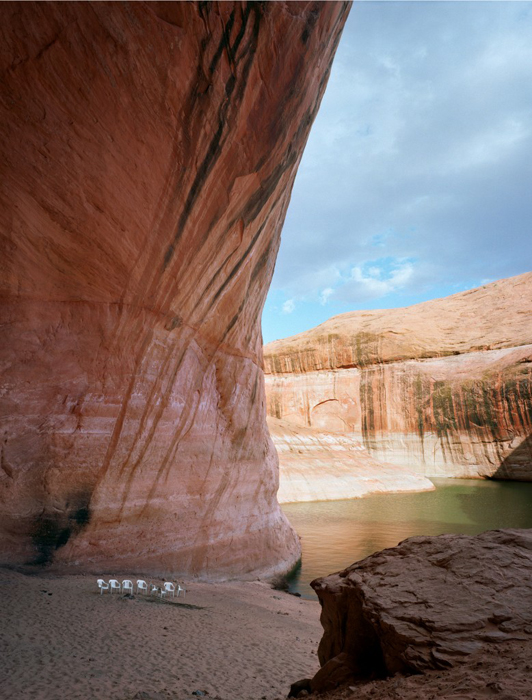
Light Work and Library Associates Present Exhibition and Lecture
Karen Halverson—Downstream: Encounters with the Colorado River
Exhibition Dates: March 8–May 29, 2010
Lecture and Book Signing: March 11, 5:00pm, Watson Theater
Gallery Reception: April 1, 2010, 5:00–7:00pm
Light Work and Syracuse University’s Library Associates are pleased to present an exhibition featuring the photographic work of Karen Halverson, and a lecture by the artist.
Halverson, a Syracuse native and fine are photographer, has been drawn to the open spaces and monumental land forms of the American West for a quarter-century, traveling the region’s vast expanses and stopping when moved to set up her large-format camera. In Downstream: Encounters with the Colorado River, a two-year study of the 1,700-mile river, she maintains her signature focus on human relationships to the natural environment. “In my travels along the Colorado,” Halverson writes, “sometimes I find beauty, sometimes desecration, often a perplexing and absurd combination.”
Halverson will tell stories of her “Photographic Adventures in the American West” at the next Library Associates lecture, March 11, 2010 at 5:00 p.m. She will speak about the photographic process and land use issues while presenting selected works. Guests are encouraged to arrive at least a half hour early to view the exhibition of her photographs before the talk. Copies of her book, Downstream: Encounters with the Colorado River will be available to purchase and have Halverson sign at the event. The lecture will take place in Watson Theater at Light Work, 316 Waverly Avenue, Syracuse, NY. Free event parking is available in Booth Garage, on the corner of Waverly and Comstock avenues. The event is sponsored by Syracuse University Library Associates. Visit library.syr.edu/libraryassociates for full details.
Halverson graduated from Nottingham High School and Stanford University and holds master’s degrees from Brandeis and Columbia universities. Her work has appeared at the J. Paul Getty Museum, the San Francisco Museum of Modern Art, the Los Angeles Museum of Modern Art, the Corcoran Gallery, and the Library of Congress.
Light Work will host a gallery reception on Thursday, April 1, 2010 from 5–7pm to celebrate Halverson’s exhibition.
Gallery hours for this exhibition are Sunday to Friday, 10am–6pm, and by appointment. To schedule an appointment, please call 315-443-1300. Both the exhibition and reception are free and open to the public. Paid parking is available in the Marion Parking Lot and Booth Garage.
Library Associates is a society devoted to the enrichment of the University Library and the greater Syracuse community. Members share an interest in books, learning, and the preservation of knowledge. To learn more, visit library.syr.edu/libraryassociates.
Light Work invites groups and individuals to schedule tours and gallery talks of the exhibition and facility. Light Work is a non-profit, artist-run organization dedicated to the support of artists working in photography and electronic media. Light Work is a member of CMAC, the Coalition of Museum and Art Centers at Syracuse University.
For more information about this event, contact Anne Roth, 315-685-6832 or ABJigger@aol.com. For more information about the exhibition, please contact Jessica Heckman at Light Work, 315-443-1300 or jhheckma@syr.edu.
**Digital press images and image information for this exhibition/event are available upon request.
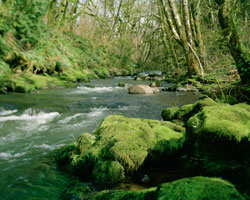 This Thursday, April 1, Light Work will host an opening reception for Stephen Chalmers: Unmarked, which will be on view in the main gallery until May 29, 2010. This series of work features seemingly innocuous landscapes that also happen to be places where the bodies of murder victims were found. This switch, while initially shocking, proves thought provoking as the beauty of the scenes gives way to knowing that something terrible happened at these sites. Chalmers, who is a trained social worker, former emergency medical technician, and professor, interweaves themes of violence and death, remembrance and transedence in this unique series of work.
This Thursday, April 1, Light Work will host an opening reception for Stephen Chalmers: Unmarked, which will be on view in the main gallery until May 29, 2010. This series of work features seemingly innocuous landscapes that also happen to be places where the bodies of murder victims were found. This switch, while initially shocking, proves thought provoking as the beauty of the scenes gives way to knowing that something terrible happened at these sites. Chalmers, who is a trained social worker, former emergency medical technician, and professor, interweaves themes of violence and death, remembrance and transedence in this unique series of work. The artist will be present for the opening from 5-7pm, so please stop by if you’re in the area. Contact Sheet 156 is published concurrently with the exhibition and will be the first issue you receive if you subscribe today.
The artist will be present for the opening from 5-7pm, so please stop by if you’re in the area. Contact Sheet 156 is published concurrently with the exhibition and will be the first issue you receive if you subscribe today.
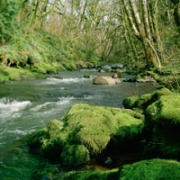
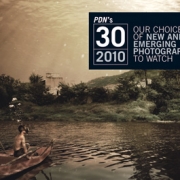
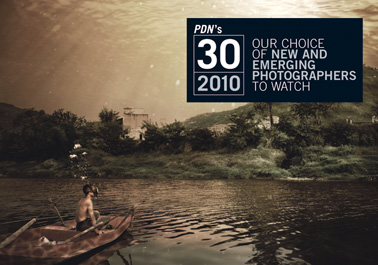 Former
Former 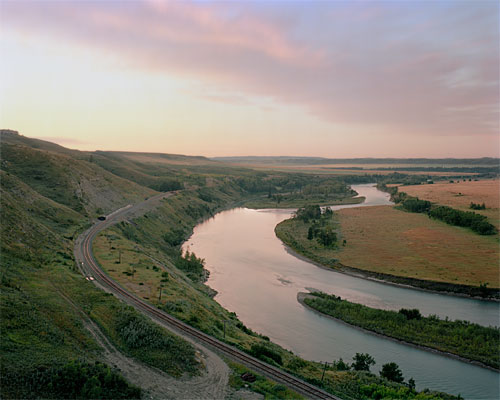
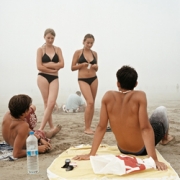
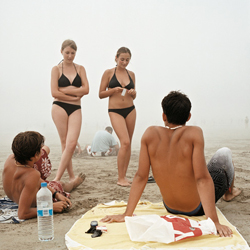
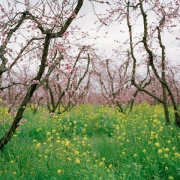
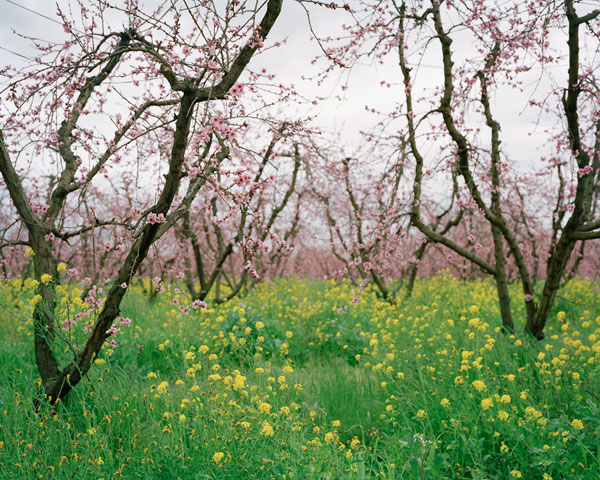
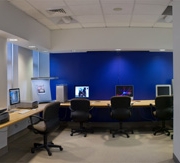

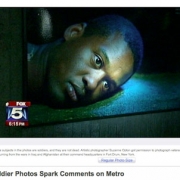
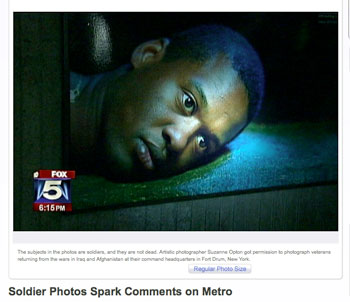
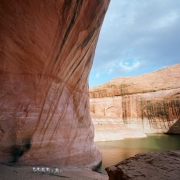

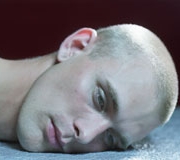
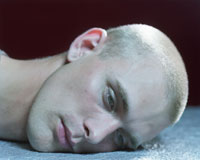 Images from Suzanne Opton’s series Soldier will appear on billboards in six Metrorail stations throughout Washington D.C. from March 9 to April 4, 2010.
Images from Suzanne Opton’s series Soldier will appear on billboards in six Metrorail stations throughout Washington D.C. from March 9 to April 4, 2010.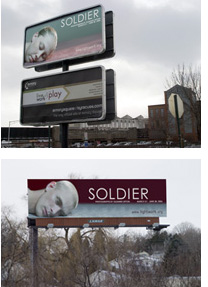

 Renée Mussai, archive project manager for
Renée Mussai, archive project manager for  Autograph ABP is an international photographic arts organization that addresses issues of cultural identity and human rights. It develops, exhibits, and publishes the work of photographers from culturally diverse backgrounds and advocates for their inclusion in all areas of exhibition, publishing, education, and commerce in the visual arts.
Autograph ABP is an international photographic arts organization that addresses issues of cultural identity and human rights. It develops, exhibits, and publishes the work of photographers from culturally diverse backgrounds and advocates for their inclusion in all areas of exhibition, publishing, education, and commerce in the visual arts.